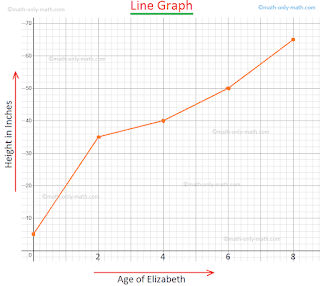Unlocking Mathematical Mastery
In the realm of mathematics education, a comprehensive approach that encompasses various concepts is key to fostering a deep understanding. In this exploration, we delve into three essential components: the nuances of place value words, the visual representation of functions through graphs, and the analytical realm of chi-square distribution tables.
Unlocking Mathematical MasteryMastering Mathematics Through Place Value Words
Foundations of Numeracy: Understanding place value is foundational to numerical literacy. At its core, place value words denote the position of digits in a number, conveying the magnitude and significance of each numeral. A grasp of place value is fundamental for students as they progress through mathematical concepts, ensuring a solid foundation for more complex computations.
Concrete to Abstract Learning: Place value words serve as a bridge from concrete to abstract learning. As students manipulate physical objects or visualize scenarios involving place value, abstract concepts become tangible. This approach enhances comprehension, making the transition to abstract mathematical thinking more seamless.
Real-World Application: The practicality of place value extends beyond the classroom. From financial transactions to scientific notations, an adept understanding of place value equips individuals to navigate real-world situations with numerical confidence. Teachers employing real-life examples can illustrate the relevance of place value, enriching the learning experience.
Graphs: Illuminating Mathematical Functions
Visualizing Functions: Graphs offer a powerful visual representation of mathematical functions. Whether linear, quadratic, or exponential, graphs provide an immediate and intuitive understanding of how variables relate to one another. Through the graphical lens, students can observe patterns, identify trends, and gain insights into the behavior of mathematical functions.
Graphical Problem Solving: Graphs serve as problem-solving tools, allowing students to analyze and interpret data. The visual nature of graphs aids in identifying critical points, understanding the impact of variables, and making informed predictions. Integrating graph-based problem-solving into math education enhances analytical skills and fosters a holistic approach to mathematical challenges.
Technology Integration: In the digital age, technology plays a pivotal role in education. Utilizing graphing tools and software allows students to interact dynamically with mathematical concepts. Graphing technology not only facilitates a deeper understanding of functions but also prepares students for an increasingly digitized world where data visualization is a valuable skill.
Chi-Square Distribution Tables: Unraveling Analytical Insights
Statistical Analysis Tool: The chi-square distribution table is a fundamental tool in statistical analysis. It aids researchers and students in understanding the probability distribution of a chi-square statistic, which is often employed in hypothesis testing. By consulting the table, users can determine critical values, aiding in decision-making during statistical experiments.
Inferential Statistics: Chi-square distribution tables are particularly relevant in inferential statistics. Researchers use these tables to compare observed data with expected outcomes, determining whether any deviations are statistically significant. This application is crucial in fields ranging from social sciences to biology, where researchers seek to draw meaningful conclusions from empirical data.
Educational Significance: Teaching chi-square distributions not only equips students with statistical tools but also nurtures critical thinking and analytical reasoning. Understanding the chi-square distribution table enhances students' ability to evaluate the validity of experimental results, fostering a mindset of inquiry and skepticism essential in scientific pursuits.
Integrated Mathematics Education: Bridging Concepts for Holistic Learning
In a holistic mathematics education approach, the interplay between place value words, graphical representations, and chi-square distribution tables creates a well-rounded learning experience. As educators weave these concepts into their curriculum, students not only master individual mathematical components but also cultivate a broader understanding of the interconnectedness of mathematical principles. This integrative approach prepares students for the challenges of a mathematically driven world, where versatility and analytical acumen are prized.
.jpg)



Comments
Post a Comment